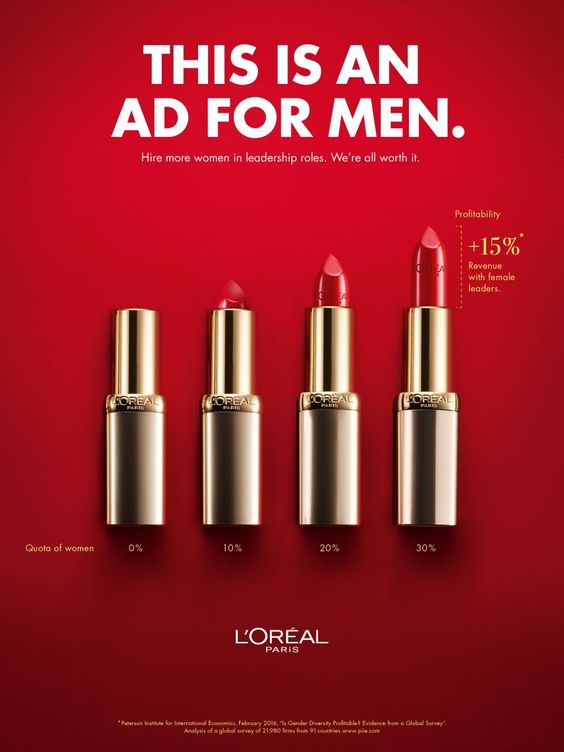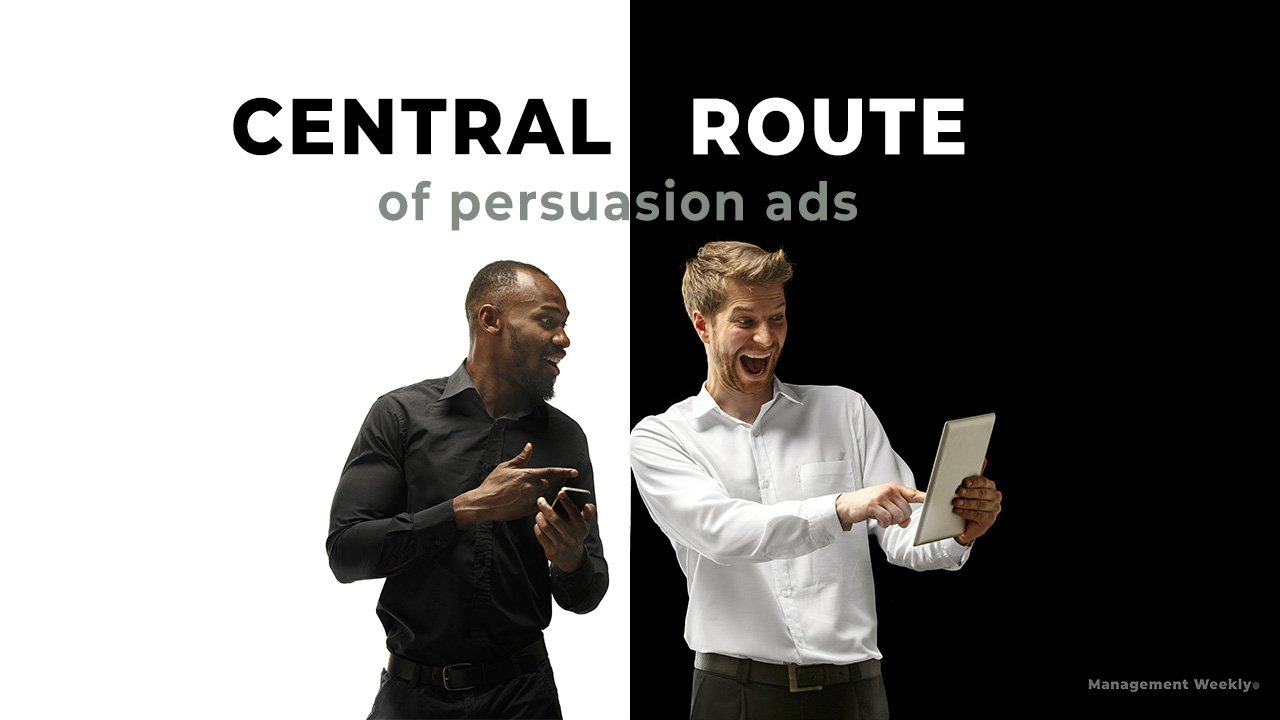Persuasion is the bread and butter of marketing managers. One of the ways of convincing your customer is by using the central route of persuasion. It is quite useful when it comes to changing people’s attitudes and adopting new products. We shall look at this proven method used to design ads and see how they work.
The Elaboration Likelihood Model
Richard Petty and John Cacioppo came up with the Elaboration Likelihood Model. This model attempts to explain how we can persuade people. This model explains how people organize information, categorize, and process it in their brains. Change of attitude typically happens through the central route of processing. In this route of person, carefully listens to the information and considers all the merits and demerits. Based on this analysis, the person may or may not change their attitude.
On one hand, the central route of persuasion ads attempts to use facts and statistics to convince the customers. On the other hand, the peripheral route attempts to appeal to their emotional part to convince them. Similarly, we have this distinction between central and peripheral route based ads.
Central Route Advertisement Design
The central Route advertisement works upon a certain type of design. The focus of the message here is to communicate the product’s features and benefits. The underlying assumption is that the receiver of the message will carefully evaluate the message and decide.

The success of advertising depends on many factors. Firstly, the receiver has to receive the message. Secondly, once the message is received, it needs to be processed centrally. Thirdly, the attitude and beliefs of the receiver need to be changed. We call it successful advertising once all of these conditions are fulfilled. However, you may notice in the flow chart that if one of these steps is not successful, we don’t call it a failure. We call it not successful. The reason being that the advertisement, even though not successful in changing the attitudes and beliefs, still serves some other purposes. It must have created some kind of brand value in the eyes of customers. Additionally, the further advertisement may be successful in changing a person’s attitude. In that regard, this advertisement does not go waste.
Examples of Central Route of Persuasion Ads

The ad presented above is from L’Oreal Paris. It is a well-known cosmetics brand. However, in this advertisement, they are not specifically targeting to sell their products. This advertisement works as a social change message. Firstly, the ad grabs attention because it seems counter-intuitive. An advertisement featuring lipstick is targeted towards men. This will cast the eyeballs off, not just men, but also women. Secondly, the advertisement comes directly to the message. It tells us that 15% higher revenue is generated when women are leaders inside a company.

This is another search advertisement that uses the central route of persuasion. Even in this advertisement, attention is grabbed by the headline. A title, a headline that is not true. However, it makes the reader start reading this advertisement. It provides reasons for joining a University as it broadens our scope of thinking about everyday objects. This is an excellent example of central route of persuasion ad.
Some TV commercials using the central route
This video exhibits an advertisement derived from Family Guy. In this advertisement, the advertisers have used the central route of persuasion. In this commercial, the advertisers have described the ingredients of the snack. Post-Raisin Bran is touted to have raisins that are sun-dried and they have certain benefits over the other brand of bran.
The expectation from these types of Central route of persuasion commercial is that it will elicit thoughtful evaluation of the message. The audience is presented with facts. When they consider that the benefits of the products are reasonable, they may buy the product of that brand.
